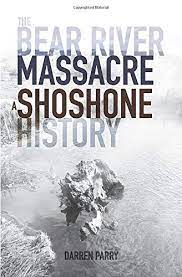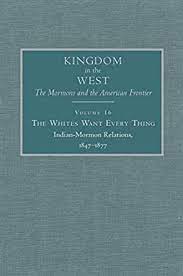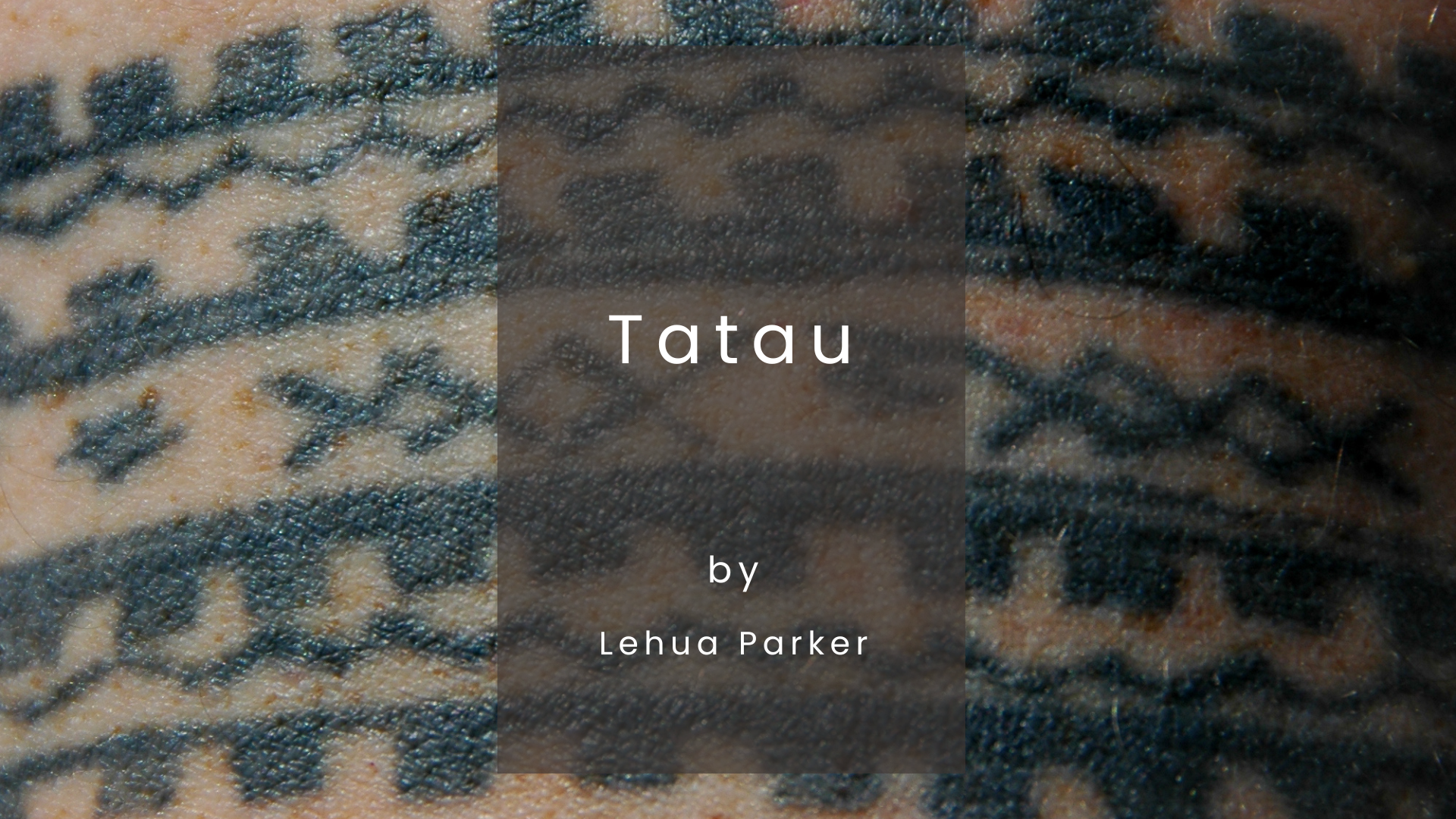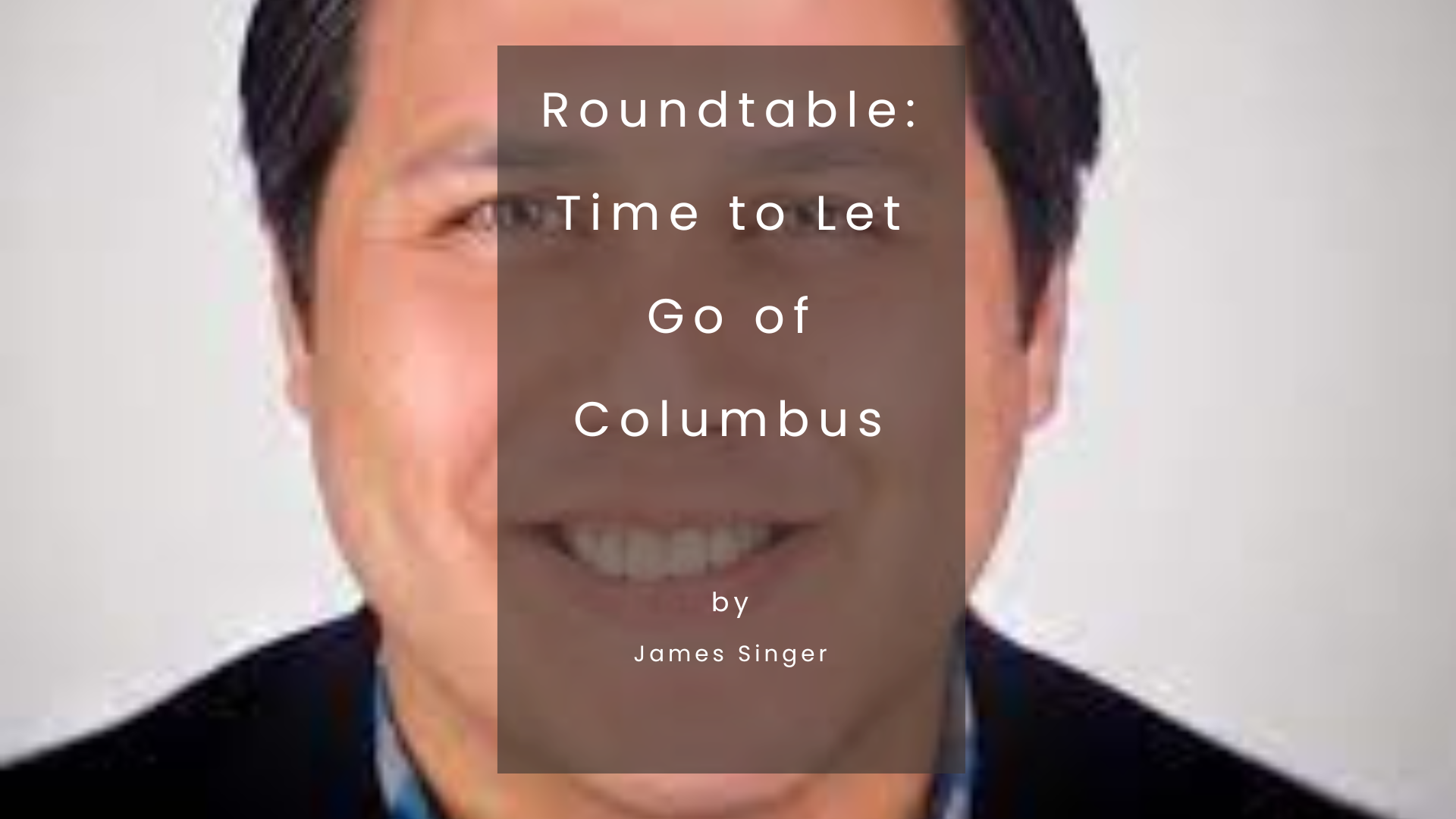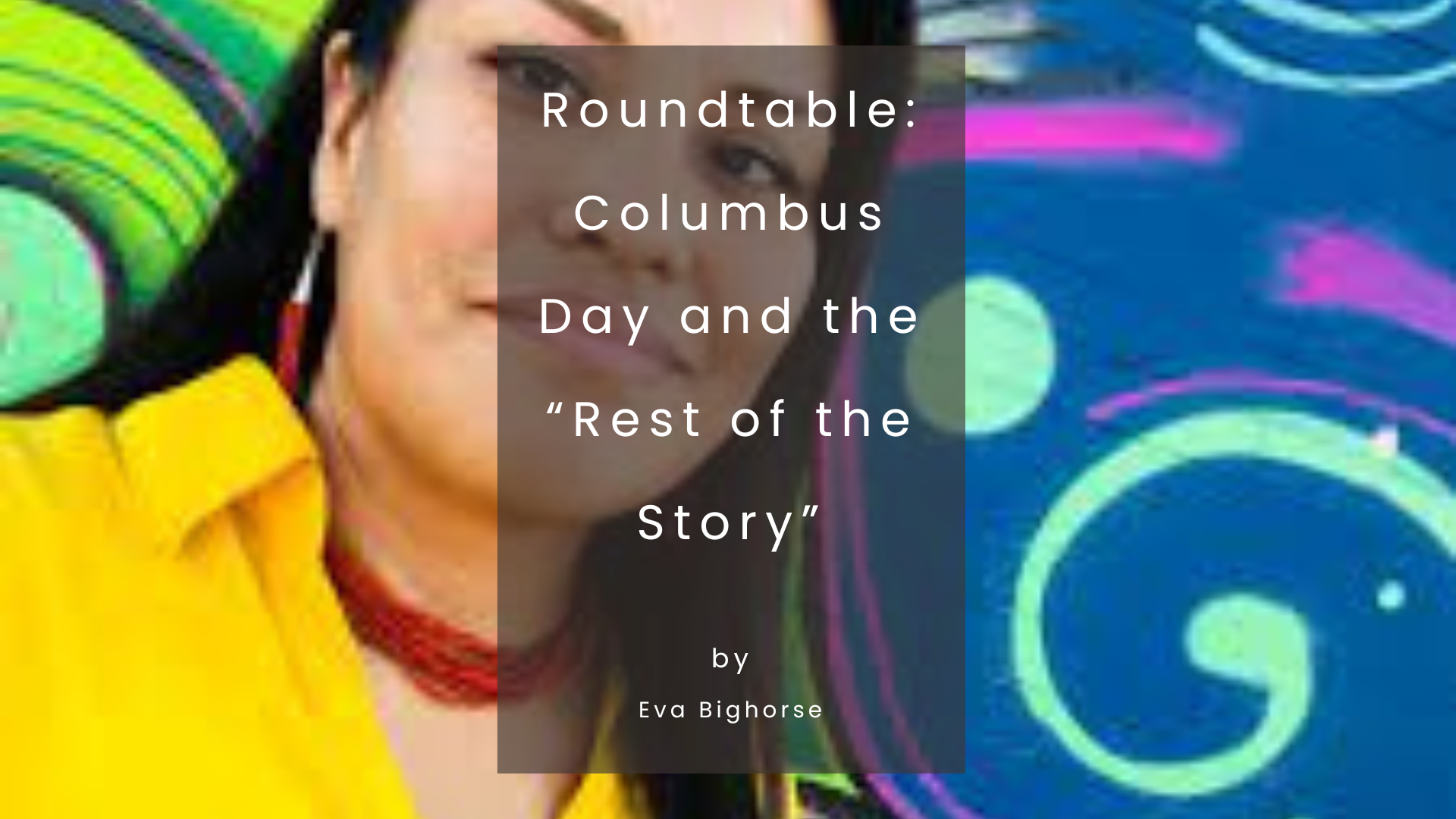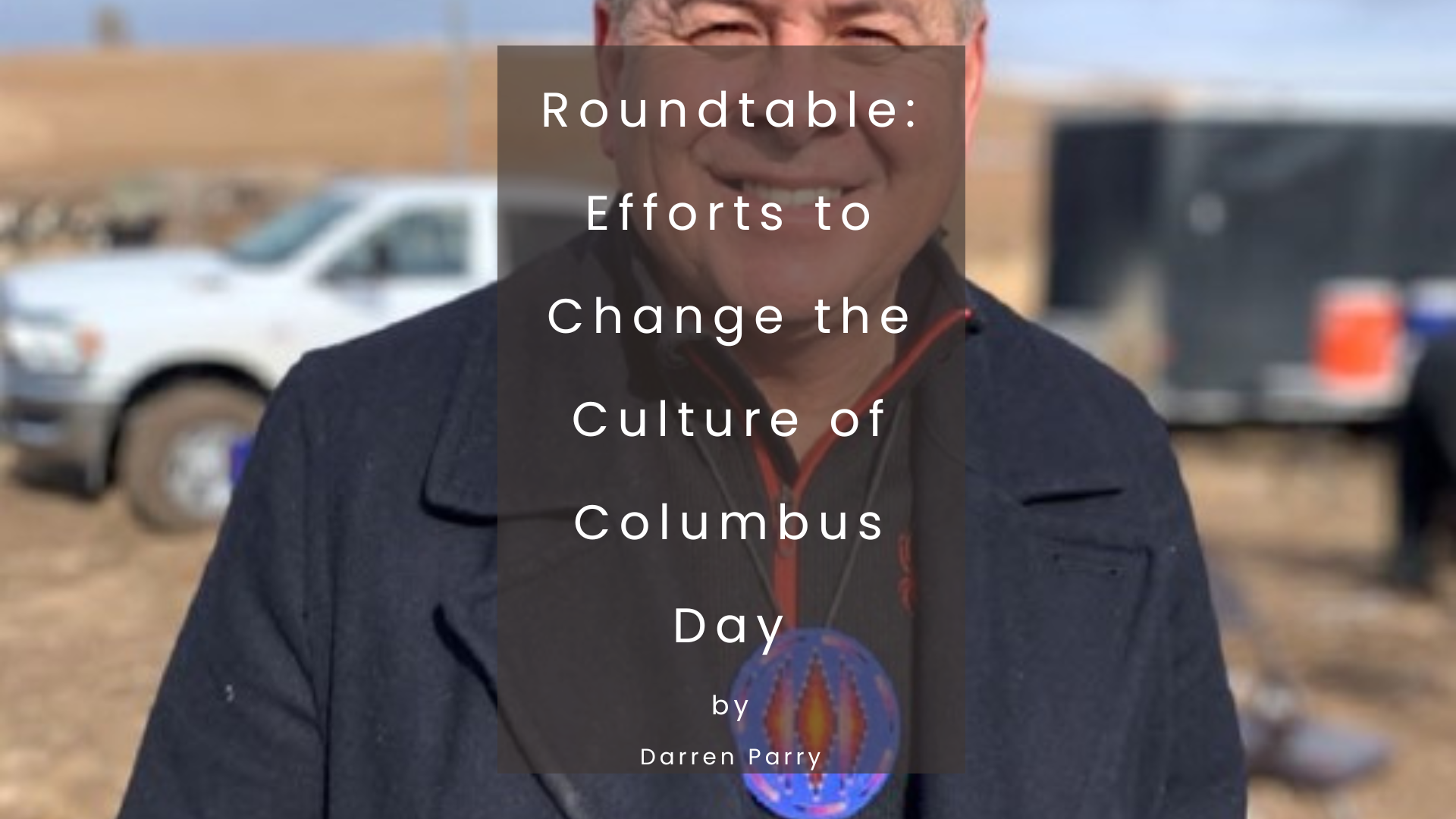Review: Unerasing Shoshone Testaments of Survival, Faith, and Hope Darren Parry, The Bear River Massacre
August 13, 2021Although Darren Parry claims to not begrudge the Church of Jesus Christ of Latter-day Saints, he does not hold back when addressing the injustices and wrongs that his people have faced at the expense of…


